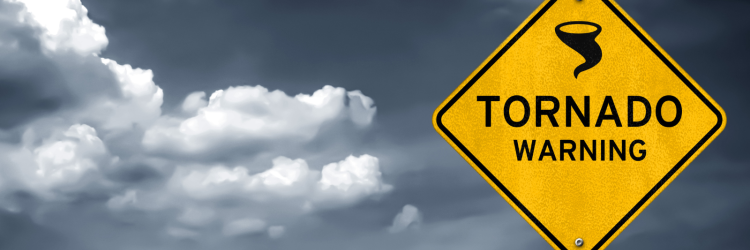The tornados that killed at least 26 people in Mississippi and Alabama and flattened towns in the Delta region over the weekend come amid dispiriting reports about the extent of natural catastrophes in 2022 and projections that they may even intensify in 2023.
Swiss Re reported last week that economic damages from natural catastrophes totaled $284 billion globally in 2022 (with less than half of that insured). The total is far above the 10-year average of $220 billion. State Farm recently reported a $1 billion INCREASE in hail-related claims, to $3.5 billion in 2022. The number of claims climbed by 45,000 at State Farm last year.
The La Nina weather phenomenon officially ended in early March, and an El Nino is expected to form throughout the summer, increasing temperatures and boosting the likelihood of the violent storms that just laid waste to parts of Mississippi. And unusually warm water in the Gulf of Mexico is expected to produce more tornados than normal this year, possibly many more than normal.
No rest for the weary....
What concerns me most, especially in the wake of the devastation in Mississippi and Alabama, is this Washington Post article about the potential for an especially bad tornado season. The article cautions that tornado forecasting is in its infancy but says meteorologists believe "there may be ties between [Gulf of Mexico] sea surface temperatures and the frequency and intensity of severe weather events in the U.S. Deep South in particular."
With water temperatures several degrees above normal, and even reaching into the high 70s, the article reports:
"The year has already been off to a historically active start, with a preliminary total of 168 tornadoes touching down across the Lower 48 states in January. That’s the second-most on record. In February, there were 55 tornadoes — double the average of 29. Oklahoma reported 17 tornadoes in January and February. The average during that window is one. On Jan. 16, two tornadoes spun up in eastern Iowa, the state’s first January tornadoes in 50 years. Alabama also logged 29 tornadoes during January, smashing state records."
As I wrote at the beginning of the year, the end of the unusually long La Nina could usher in the hottest year on record, adding energy to storms. That temperatures across the South and Southeast have been hovering 3 to 6 degrees above normal may well have contributed to the extraordinary violence of the recent tornados in Mississippi and Alabama. One tornado produced winds that reached 170mph and traveled nearly 60 miles -- less than 1% of tornados in the U.S. travel even 50 miles. After that tornado lifted off the ground, another formed, reaching winds of 155mph and traveling nearly 30 miles.
The one bit of good news is that the emergence of El Nino tends to mute the formation of hurricanes in the Atlantic, but it also usually promotes tropical storm activity in the Pacific, while increasing the risk of wildfires because of the higher temperatures.
At a time when there is a lot of talk about how insurers can switch to a "predict and prevent" business model, I'd love to offer a way to help customers batten down the hatches and prepare for what looks like a season of unusually violent storms, but I'm not sure there's much to be done -- in the long run, sure, but not so much in the short run. All I can figure is that we as an industry need to prepare our organizations to help clients recover as quickly and painlessly as possible when the storms come.
Cheers,
Paul


